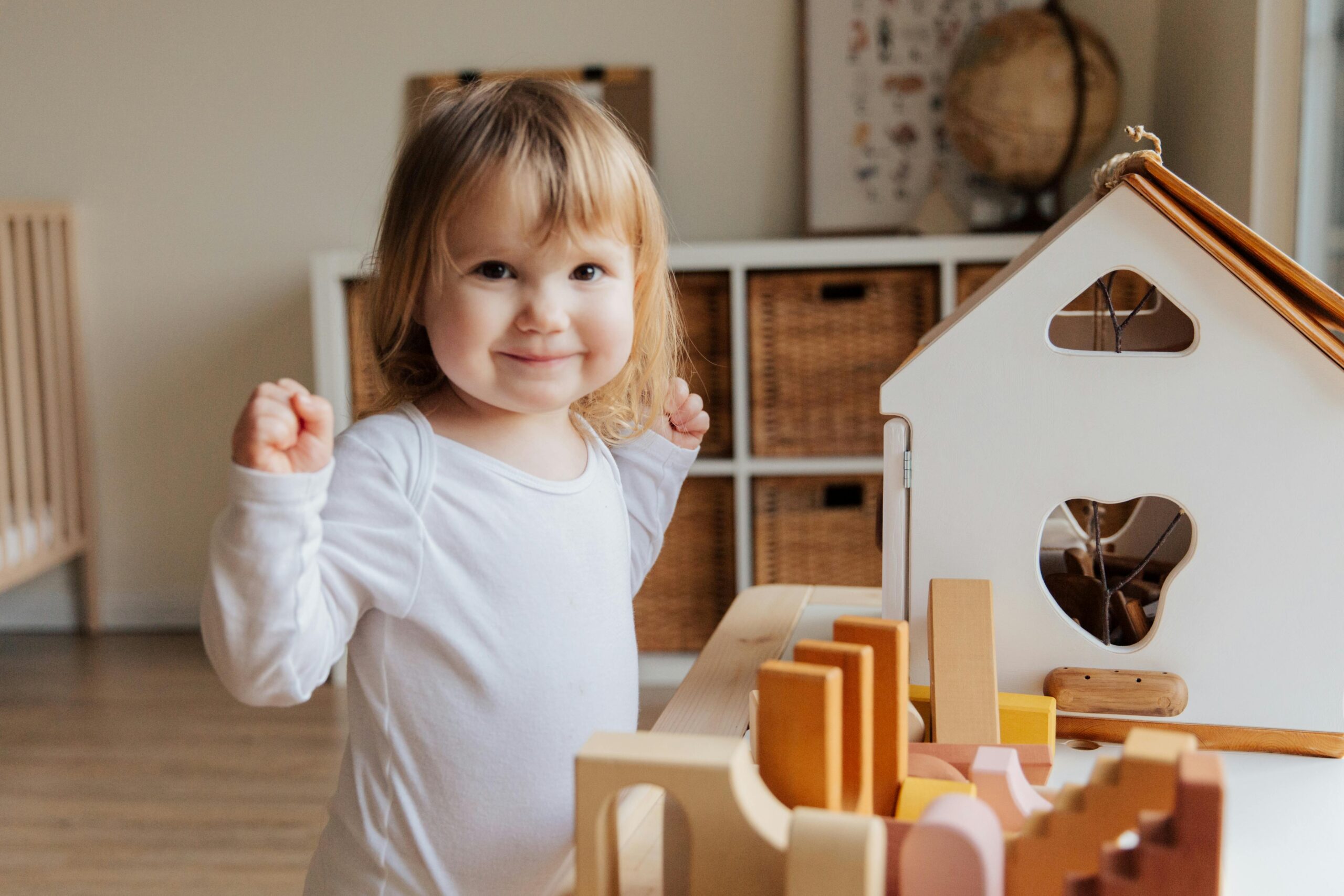Small World Play Ideas: Boost Learning, Imagination & Language Through Play In 2025

Small world play is more than just a trend — it’s a magical, hands-on learning method that invites children to explore, imagine, and discover through storytelling and creative setups. Whether it’s recreating a bustling city, a tranquil farm, or a fantasy forest, this type of play helps kids understand their environment while boosting crucial developmental skills.
What is Small World Play?

Small world play involves the use of miniature figures, props, and themed environments that allow children to create and act out stories. These setups are typically made using small toys, natural materials, sensory bases like sand or rice, and everyday household items repurposed creatively.
Kids might build a jungle with plastic animals, construct a farm using grains and barns, or explore underwater scenes using blue-dyed rice and shell figurines. It is a Montessori-inspired, open-ended activity where the child is in control of the narrative.
Key Elements:
Miniature figures (animals, people, vehicles)
Sensory materials (sand, water, rice)
Natural elements (leaves, rocks, twigs)
Household items (boxes, cloth, trays)
Top 5 Benefits of Small World Play
1. Boosts Imagination and Creativity
Creating scenes and characters allows children to invent their own worlds. It supports abstract thinking and helps them build rich internal storylines.
2. Enhances Language and Communication
As children narrate their stories, they expand their vocabulary, improve sentence structure, and practice conversational skills.
3. Develops Fine Motor Skills
Manipulating small items and placing props carefully helps refine finger strength, hand-eye coordination, and dexterity.
4. Supports Emotional and Social Development
Small world play encourages role-playing, which helps children express emotions, work through feelings, and learn social rules when playing with peers.
5. Introduces Real-World Understanding
From urban setups to nature scenes, children grasp real-world concepts like community roles, environmental awareness, and cause-effect relationships.
How to Set Up Small World Play at Home
Setting up a small world play scene doesn’t require expensive toys. With a little creativity, you can transform everyday materials into immersive landscapes.
Step-by-Step Setup:
Pick a Theme: Choose something your child loves — zoo, space, beach, construction site.
Select a Base: Use trays, boxes, or plastic bins to define the space.
Add Sensory Fillers: Rice, beans, sand, kinetic sand, grass.
Decorate: Add figurines, props, fabrics, cardboard, pebbles.
Invite Play: Ask open-ended questions like “What’s happening here?” or “Who lives in this world?”
Creative Small World Play Ideas
Dinosaur Valley: Rocks, moss, plastic dinosaurs, volcano made from clay.
Farm Life: Grains, miniature animals, tractors, small fences.
Ocean Adventure: Blue rice, fish figurines, boats, shells.
City Street: LEGO blocks, toy cars, mini buildings.
Fairy Tale Forest: Twigs, fairy figurines, mini doors, moss.
Arctic World: Cotton balls (snow), ice cubes, polar bears.
Tips to Encourage Small World Play
Rotate themes weekly to maintain novelty.
Model storytelling by joining in occasionally.
Use open-ended prompts to extend play: “What happens if…?”
Keep it child-led: Let your child create their own stories.
Store materials accessibly so your child can set up scenes independently.
FAQs About Small World Play
Q1: What materials are best for small world play?
Use a mix of small figurines, sensory bases (rice, sand, beans), fabric pieces, natural elements (sticks, stones), and trays.
Q2: Is small world play suitable for toddlers?
Yes, but use larger pieces and supervise closely to avoid choking hazards. Opt for edible sensory bases like oats or lentils.
Q3: How does this support learning?
It integrates play with cognitive, language, social, and motor development. Children learn problem-solving, storytelling, and environmental awareness.
Q4: Can I do this outdoors?
Absolutely. Gardens, patios, or even parks offer great natural materials and open-ended inspiration.
Q5: How often should I offer small world setups?
Once a week is great. Rotating themes helps keep your child engaged and constantly learning.
Small world play isn’t just fun—it’s foundational. It fosters imagination, storytelling, emotional regulation, and hands-on exploration. You don’t need expensive toys or Pinterest-perfect setups; all you need is a few items and your child’s curiosity.
Want more play-based learning ideas delivered weekly? Subscribe to our newsletter and explore a world of parenting resources.
